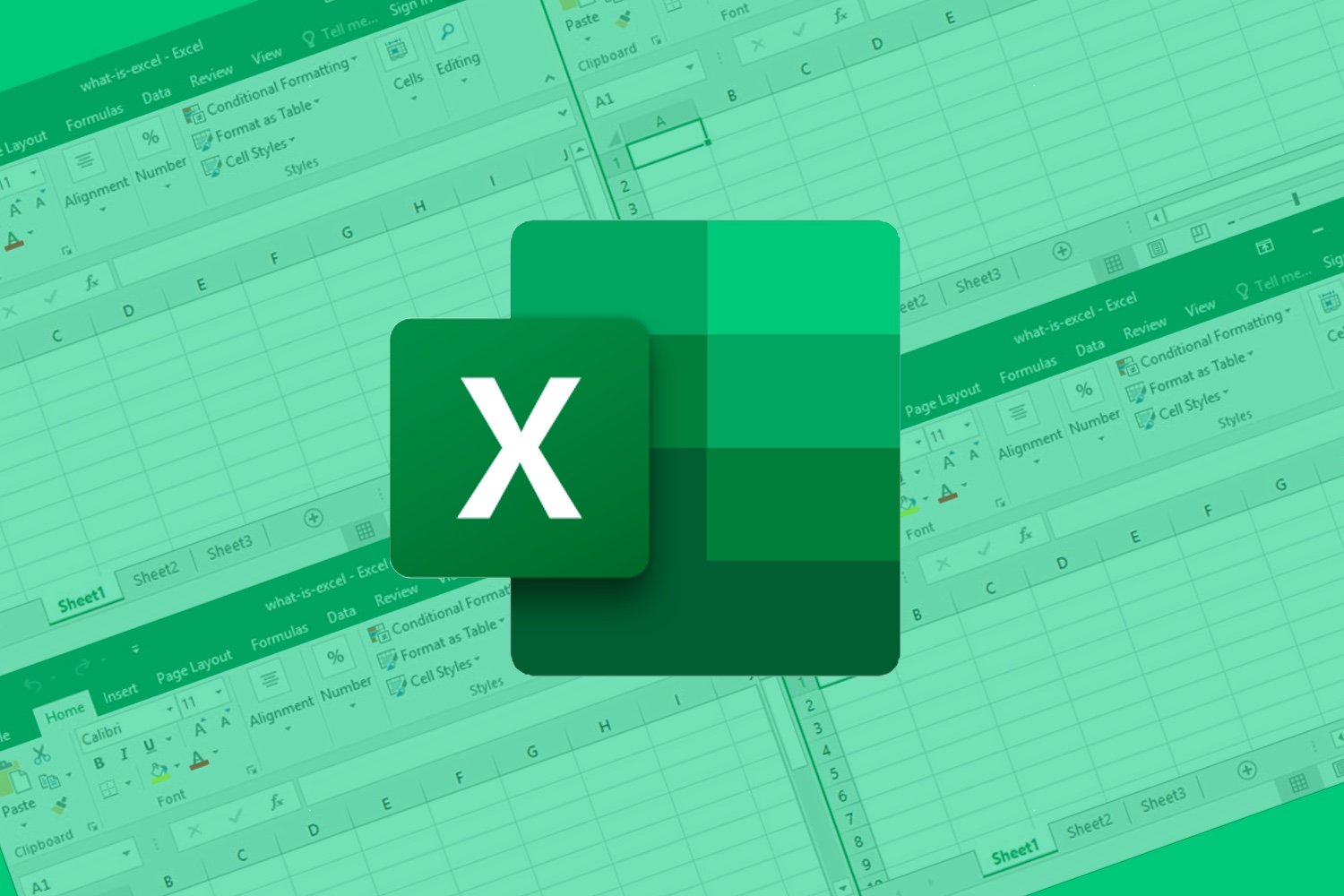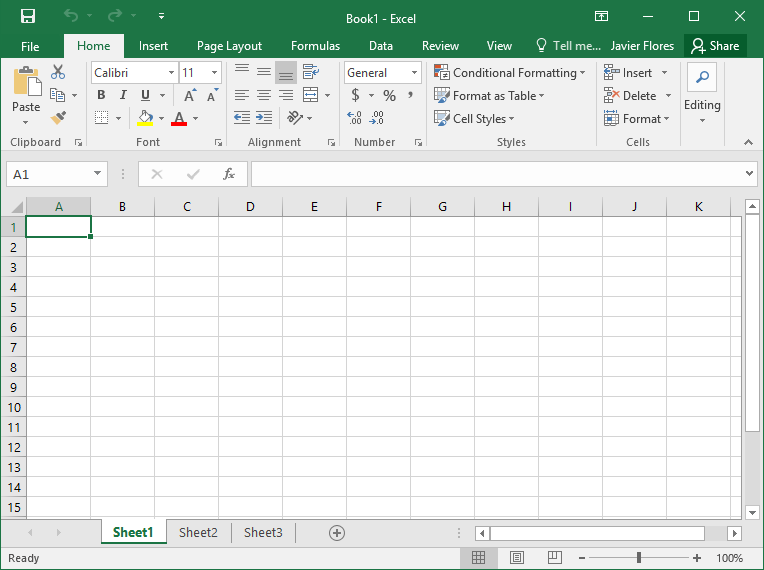Have you ever wondered how to keep all those important bits of information about your aquatic activities neat and tidy? From tracking swim times to managing equipment for a fishing trip, or even keeping tabs on water quality readings, having a good system really helps. It's almost like having a personal assistant for all your numbers and lists.
You see, there's this really popular program, a bit like a big digital notebook, that lots of people use for organizing all sorts of things. It's a very helpful tool for putting numbers and facts into order, and it lets you see patterns in your information. So, whether you are looking at how fast a swimmer is getting or the inventory of your boat, this tool can help you get a clearer picture of what's going on.
This program, which many folks find incredibly useful, lets you build and work with your lists right there on the internet, which is pretty handy. It's part of a bigger collection of online tools that let you handle documents, presentations, and notes, all from just about any device you might have, as long as you have a web connection. This means you can get more stuff done today, with plenty of features to help you be more productive with your aquatics data.
Table of Contents
- How Does Excel Help with Aquatics Data?
- Crunching Numbers for Excel Aquatics Projects
- Collaborating on Excel Aquatics Information
- Getting Your Excel Aquatics Setup Just Right
- Are There Any Tricks for Excel Aquatics Calculations?
- Fixing Cells and Filling Down in Excel Aquatics
- Dealing with Dates and Times in Excel Aquatics
- Analyzing Trends in Excel Aquatics Data
How Does Excel Help with Aquatics Data?
So, you might be thinking, how does a program for numbers and lists fit into something like aquatics? Well, it turns out it's actually quite useful for keeping things straight. This software, you know, is really good at organizing all sorts of facts and figures for your work and just for everyday life. For instance, if you are running a small swim club, you could keep track of every swimmer's personal best times, their attendance at practice, or even the costs associated with pool upkeep. It gives you a place to put everything, making it easier to find what you need when you need it. You can learn about how to set up little equations and other helpful features that you can put to good use when working with this program, which is pretty cool.
Crunching Numbers for Excel Aquatics Projects
This program truly makes it straightforward to work with numbers. Let's say you are managing a fish farm, and you need to keep tabs on feed consumption versus fish growth. You can pop all those figures right into your sheet. It helps you get things done faster, too. For example, when you are putting in a lot of similar pieces of information, like daily water temperature readings for a pond, it can help you fill in the rest of the list without you having to type every single bit. That really saves time, doesn't it?
What About Charts and Visuals for Excel Aquatics?
After you have entered all your information, maybe about how much oxygen is in your aquarium or the different types of aquatic plants you are growing, this program can even suggest pictures or graphs based on your information. You can then make those pictures with just a simple tap or click. This means you can quickly see if your oxygen levels are dropping or which plants are thriving, which is very helpful. It's now part of a larger collection of tools, giving you access to a whole bunch of ways to get your work done.
Collaborating on Excel Aquatics Information
You can work together with others, completely free, using the online versions of this program and its companions for documents, presentations, and notes. This is pretty useful if you are, say, planning a community clean-up of a local waterway with a few friends. You can all put in your findings about what kind of litter you found, or how many volunteers showed up, all in the same shared sheet. You can save your documents, lists of numbers, and presentations right there online, in a special storage spot. This means everyone can see the latest version, which is good for any group activity involving excel aquatics.
Getting Your Excel Aquatics Setup Just Right
If you are looking to get this program to work together with others, or to look at and make sense of your information with special ready-made layouts and smart little helpers, you can find out about how much it costs and where to get the program itself from the official online store. This is useful for anyone serious about using it for their aquatic pursuits, whether it's for a scientific study of marine life or just keeping track of your personal fishing records. It’s a place to start if you want to get the full range of features for your excel aquatics tasks.
Are There Any Tricks for Excel Aquatics Calculations?
Sometimes, you have information that is either a "yes" or a "no," or "true" or "false," like whether a certain fish species was present in a sample. In this program, these "true" and "false" values are usually seen as the numbers 1 and 0. But, you know, sometimes we need to turn them into proper numbers 1 or 0 for our sums. To make them into the numbers 1 or 0, you just do a little bit of a math operation, which is pretty straightforward.
Handling True and False in Excel Aquatics
For example, if you are tracking whether a water sample passed a certain quality test (True/False), you might want to count how many passed. Converting those "True" values to "1" makes it simple to add them up. This is very much a practical step when you are trying to count things in your excel aquatics data that are either one thing or another. It helps simplify your data for further analysis.
Dynamic Arrays and Formulas for Excel Aquatics
This program has recently added a really big new ability called dynamic arrays. This means that when you put in a formula, it can automatically spill its results into many cells at once, which is rather convenient. And along with that, the program also started to make a very significant improvement to how its formulas work. For instance, if you are listing all the different types of algae found in various ponds, a dynamic array could list them out automatically based on your raw data. Most of the online guides I can find usually show me how to get this information using a more involved coding method. Is there a straightforward way to get this information right into a cell without a lot of extra steps? It would mean you could use features that look at text, like pulling out parts of words, based on certain conditions without too much fuss. This could be very helpful for organizing text-based observations in your excel aquatics logbooks.
Fixing Cells and Filling Down in Excel Aquatics
When you are making calculations, sometimes you want a specific piece of information, like the average water temperature for the week, to stay the same even when you copy your calculation to other spots. The dollar sign symbol lets you keep either the row, the column, or both fixed on any cell you are referring to, just by putting that dollar sign before the column letter or the row number. So, in your example, you are keeping a certain spot fixed. Let's say you have one spot, like cell A1, which contains the total volume of your fish tank, and you want to keep that constant in a calculation. For example, if you want to figure out a value like this: equals (B1 plus 4) divided by A1, how do you make it so that if you pull that cell to make a copy, A1 stays put? To sort this out in this program, typically I would just type in the actual row number of the spot above, for instance, if I'm typing in cell A7, I would use the formula equals A6. Then, if I copied that, it would adjust correctly, which is quite useful for repetitive calculations in excel aquatics, like figuring out chemical dosages based on a fixed tank size.
Dealing with Dates and Times in Excel Aquatics
Is there a way to add a zero at the beginning of a date that has seven numbers and should have eight? I have a column full of these kinds of values, and I really need a way to do that. This could be for dates when certain aquatic samples were taken, where the format needs to be very specific. Also, I need to break down a date and time format that includes a time zone, coming from an outside source, into a regular date format in this program. As far as I can tell, the older version of this program we are using doesn't seem to have a straightforward way to do this. This is a common hurdle when trying to integrate data from various sensors or external logs into your excel aquatics spreadsheets, where consistent date formatting is pretty important for accurate tracking.
Analyzing Trends in Excel Aquatics Data
Now, this program will figure out how things relate to each other using two different sets of information at the same time. This could be very helpful if you are trying to see how water temperature affects algae growth, for example, using both temperature readings (X1) and algae density measurements (X2). How to actually do it, though, is the really tricky part; there's no clear way to see the other calculation. This feature, while a bit hidden, is very powerful for understanding connections within your collected excel aquatics data, helping you spot patterns and make better decisions about your aquatic environments.
This article has explored how a popular spreadsheet program can be a helpful tool for managing and understanding information related to aquatic activities. We looked at how it helps organize data, makes number crunching easier, and lets you create visual representations of your facts and figures. We also discussed how you can work with others on shared aquatic projects and where to find the software. Furthermore, we touched on some specific techniques like handling true/false values, using new formula abilities, keeping certain cells fixed in calculations, and dealing with date and time formats. Finally, we considered how it can help in seeing connections between different sets of information in your aquatic records.



